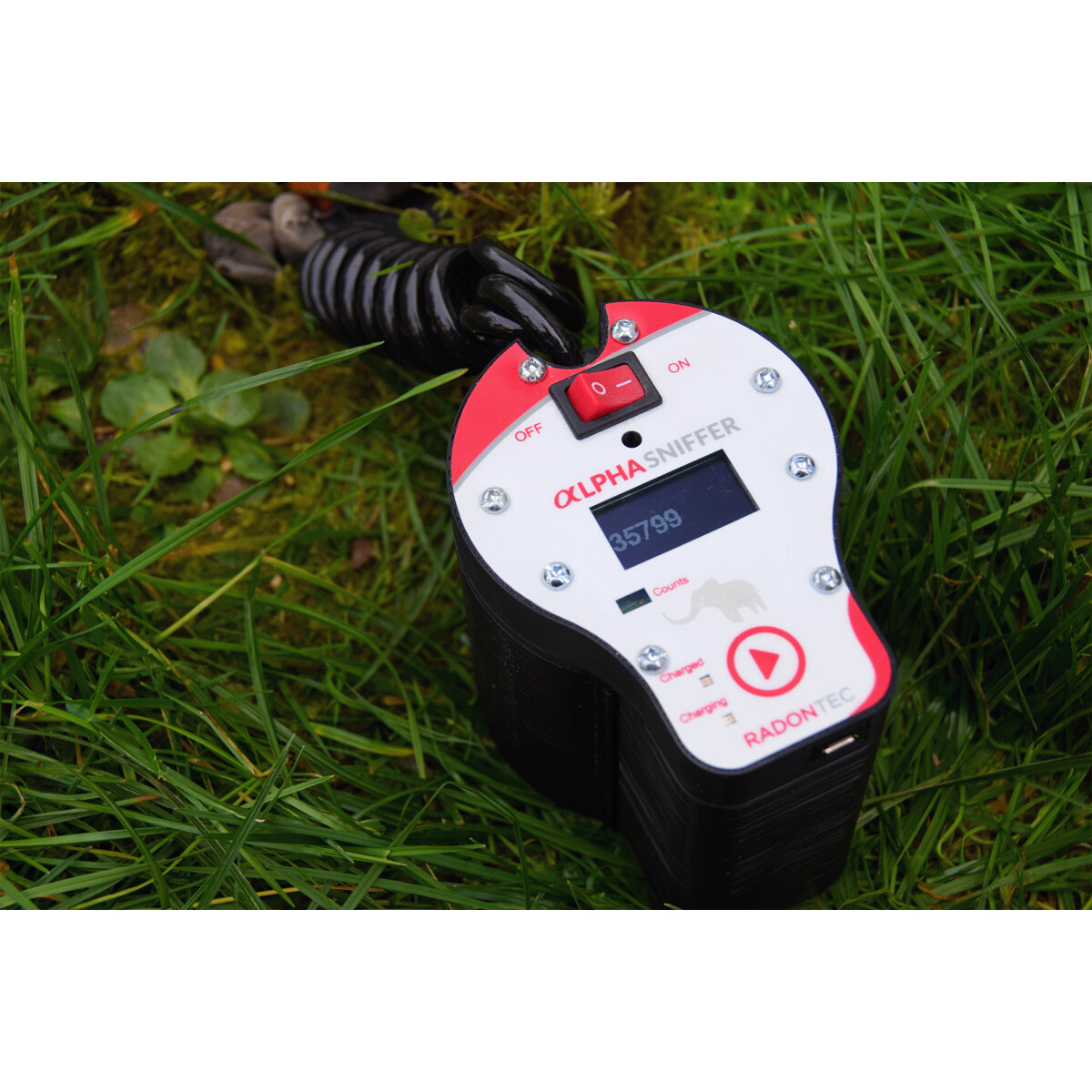Radiation Security
Is radon really bad for you?

Breathing radon over time increases your risk of lung cancer. Radon is the second leading cause of lung cancer in the United States. Nationally, the EPA estimates that about 21,000 people die each year from radon-related lung cancer. Only smoking causes more lung cancer deaths.
The very first step in reduction is testing to see if the residential and/or indoor-air water radon concentrations need to be lowered. The World Wellness Organization's International Radon Project has actually suggested an activity level of 100 Bq/m3 (2.7 pCi/l) for radon in the air.
Persistent exposure to radon gas enhances the danger of creating lung cancer cells. In the United States, an estimated 21,000 individuals die from radon-related lung cancer cells annually (compared to 160,000 lung cancer fatalities from smoking), according to the EPA. Radon is the second leading cause of lung cancer cells, and also it's the leading reason for lung cancer in nonsmokers, according to the firm.
Is radon mitigation really necessary?
When radon gas enters the body, it exposes the lungs to small amounts of radiation. In small quantities, experts say this is harmless. However, in persistent exposures or larger quantities, radon can damage the cells of the lining of the lungs, increasing a person's chance of developing lung cancer.

Radon reduction systems do a superb job of maintaining radon out. An increasing number of house customers are seeking houses with radon solutions in position.
- Your risk of lung cancer enhances considerably with direct exposure to greater radon degrees.
- Lung cancer cells risk rises 16% per 2.7 pCi/L rise in radon direct exposure.
- Radon gas is a naturally-occurring byproduct of the contaminated degeneration of Uranium in the dirt.
- Relying on your geographic area, the radon levels of the air you take a breath beyond your home might be as high as 0.75 pCi/L.
- The United States EPA has put it simply, specifying, "Any type of radon exposure has some danger of triggering lung cancer cells.
In the United States, roughly 14 states have a state radon programs which train and also permit radon mitigation service providers and also radon measurement professionals. To figure out if your state licenses radon experts call your state wellness division. Without the proper devices or technical expertise, radon levels can in fact Learn more boost or trevoruhql570.edublogs.org/2020/07/31/radon-overview/ produce various other potential risks as well as added prices. A listing of qualified mitigation provider is offered through state radon workplaces, which are detailed on the EPA site at/ radon/whereyoulive. html.
How unsafe is radon gas?
The research paid close attention to the cohort's degrees of smoking, work exposure to health hazards and also education attainment. Nonetheless, unlike most of the residential radon researches, the research study was not population-based.
How long does it take for radon to cause cancer?
Fact: You will reduce your risk of lung cancer when you reduce radon levels, even if you've lived with an elevated radon level for a long time. Keep in mind that radon levels below 4 pCi/L still pose some risk and that radon levels can be reduced to 2 pCi/L or below in most homes.